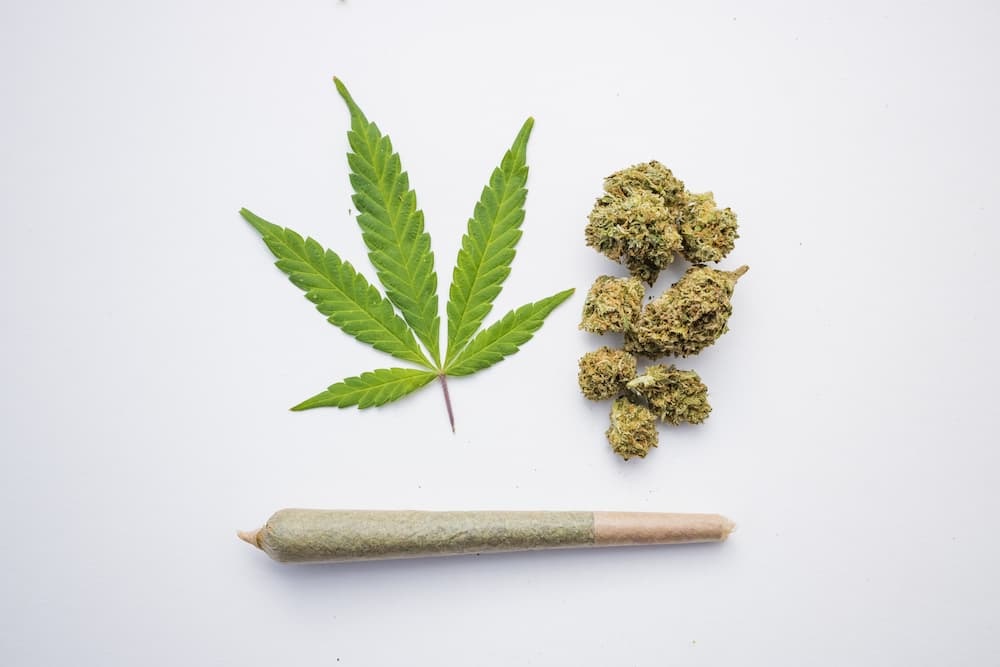When to Get Your Moles Checked

In general, you should get ALL of your moles checked by a dermatologist in Bountiful at LEAST every threes months. Skin growths that are initially harmless could develop into a deadly type of skin cancer if not screened and recorded carefully. Even the smallest change in size or color of your skin tag could indicate an underlying problem that should be treated immediately. When it comes to recognizing skin cancer and knowing when to get your moles checked, following the ABCDEs of skin checking can be extremely helpful.
Asymmetry
Melanoma skin cancer is characteristically asymmetrical, meaning that its shape isn’t uniform. Most harmless moles are round and evenly shaped, while melanoma skin cancer has asymmetrical features. If one half of your skin growth is larger or significantly different than the other, it’s likely that you are suffering from skin cancer. You should get your moles checked if you think they may be asymmetrical.
Border
If your mole has ill-defined, irregular, or jagged borders, you should go to a dermatologist to get it checked. Melanoma growths typically have irregular borders while non-cancerous skin tags have smooth, well-defined edges. Consult a dermatologist in Bountiful if you notice anything irregular about any of your skin growths.
Color
Melanoma lesions are often oddly colored, multi-colored, or even color-changing. Most melanoma growths range from brown, black, or tan to red or pink, and may even feature all of those colors at different points in their growth. Benign skin growths are typically a single shade of brown or pink. If you’re not quite sure what color your mole is, or if you notice multiple colors on it, see a dermatologist right away to get it checked for cancerous properties.
Diameter
One surefire way to know if you should get your skin growths checked is to check their sizes. Melanoma lesions are generally larger than 6 millimeters in diameter (the diameter of a standard pencil). Measure your moles regularly to ensure that they do not exceed a diameter of 6 millimeters and to monitor any changes in size or shape. If your moles ever increase in size, consult a dermatologist in Bountiful to check for skin cancer.
Evolving
The biggest thing to look out for when it comes to monitoring your moles is evolution-change. Most benign skin growths remain the same throughout the course of one’s life, while melanoma lesions tend to evolve over time, changing in size, shape, color, and more.
Contact Bahr Dermatology in Bountiful today to get your skin examined if you suspect you may have skin cancer.
Bahr Dermatology offers skin care and mole checks in Bountiful, Utah.







